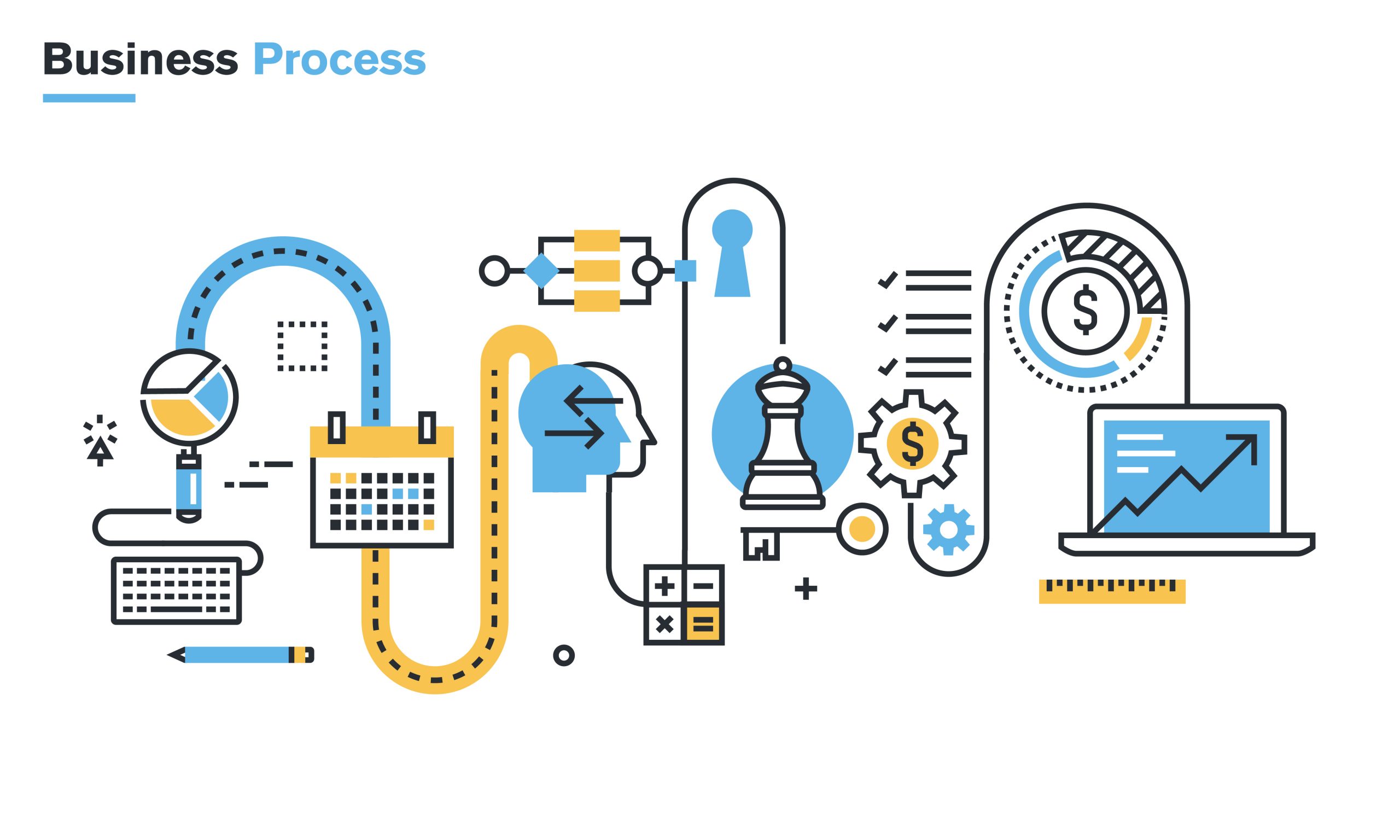
When people hear the word “planning”, many of them immediately make the connection with “inventory”. Granted, inventory strategy is a critical part of a company’s overall health. But planning today encompasses much more than just inventory. It covers the entire supply chain from the order of raw materials through to the distribution of finished goods. It’s especially vital in forecasting and managing demand and supply.
Robust planning ensures businesses stay ahead of the shifts in demand by allowing them to respond in an agile and cost-effective manner. And as planning models have evolved over time, companies have increasingly relied on supporting software. This has led to improved processes and furthermore, it empowers planners and decision-makers who can utilize real-time data and visualize the entire supply chain.
But the impact of planning goes beyond inventory. Its reach can be felt in all areas of an enterprise to improve communication and help coordinate efforts. And with advanced planning software, other functional areas can leverage the same data and insights to optimize those areas of the company as well.
Areas Impacted by Planning
- Operations – Planning impacts operations such as production in a broad range of ways. With accurate capacity planning; labor, machine hours and material requirements can be better determined. This in turn enables the development of labor and even maintenance strategies to improve cost as well as overall equipment effectiveness (OEE).
Planning software also allows for the creation of a master production schedule that uses real-time data to drive confidence and deploy chase demand or level load strategies to further optimize production. As finished goods forecasts can be understood down to the component level in a Bill of Materials (BoM)s, work-in-progress inventory can be optimized, further streamlining the efforts. - Finance – Responsible for the monitoring and administration of all debts, payments and financial obligations, planning impacts finance in several ways. For one, planning helps set optimal inventory levels to utilize the minimum cash flow required to secure materials for production. Poor planning means higher inventory levels with valuable working capital tied up in the warehouse. With advanced planning software, companies can plan based on demand. This in turn uses real-time data to reduce inventory and free up cash flow to what is needed, freeing up cash flow.
Second, when planning software is used in the planning process, supply chains are more transparent. This leads to greater collaboration with vendors and can result in tighter materials contracts, improved payment terms, and better communication that ensures payments for materials received aren’t transmitted too early or too late - Sales – Advanced planning software can be integrated into other enterprise-level software via API. This means that data is unsiloed and can benefit from inputs across the organization including directly from a company’s Enterprise Resource Planning (ERP). In times of demand uncertainty and high volatility, sales divisions can rely on accurate forecasting capability that creates ABC analysis and multiple “what-if” scenarios to better assess demand and act upon the most profitable product lines. By leveraging accurate demand forecasts, sales staff can have confidence that the supply chain will respond with the right materials on time. A further benefit is that supply chain changes can be handled in real-time as soon as sales data becomes available and demand shifts.
- Executive Suite – Planning software has evolved as a powerful tool for all functional areas within a company, including “C-suite executives”. Responsible for setting overall strategy, these senior leaders can utilize Sales and Operations Planning (S&OP) and Integrated Business Planning (IBP) software to coordinate all their demand and supply activities.
With a consensus-based plan aligned with both strategic and financial objectives, planning guides executives as they set tight, reliable, realistic, and achievable goals with confidence. Software allows for the creation of financial plans that utilize inputs from sales, production, inventory, and other areas within the company. Leaders can identify constraints and determine trade-offs at a high level to optimize business performance.
Real-time data-driven insights and advanced analytics can increase supply chain efficiency to unlock cost savings and improved service levels. And by deploying best-in-class planning software from Plex DemandCaster, companies can realize impacts–and benefits–far beyond just inventory. When employed in the right way, advantages will be gained could potentially improve the health of the entire business.


